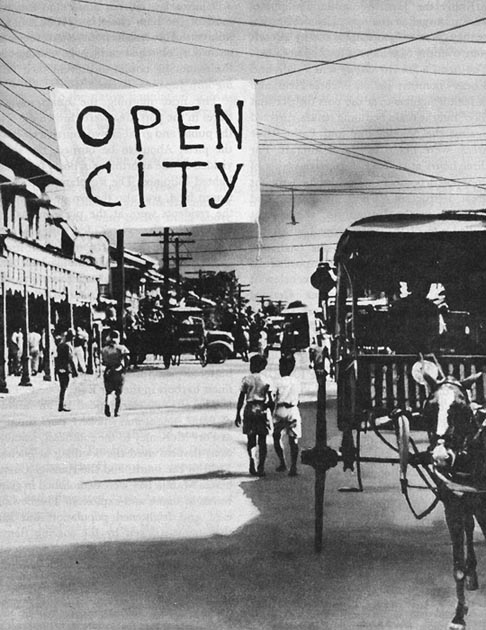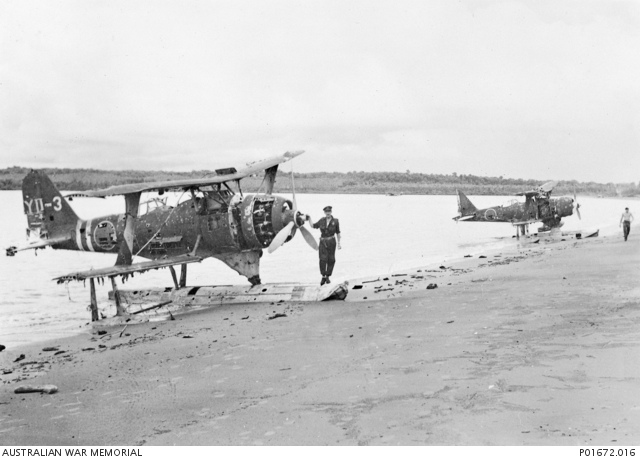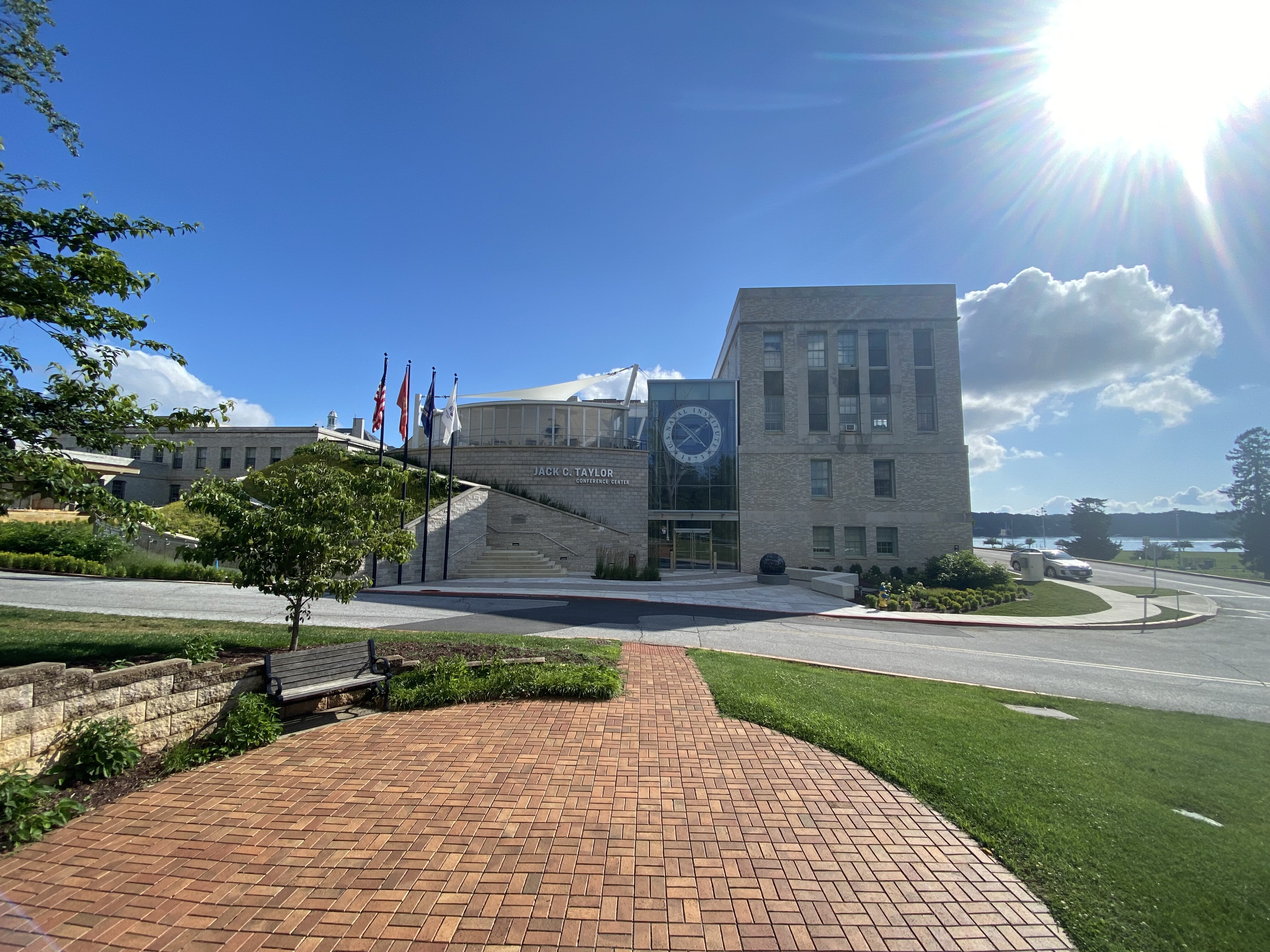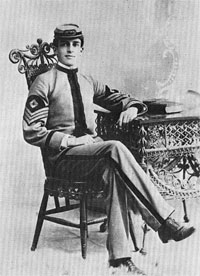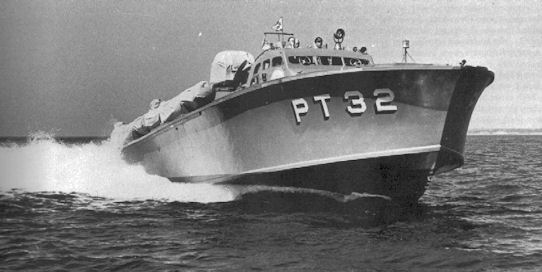|
Motor Torpedo Boat PT-34
Patrol torpedo boat ''PT-34'' was a of the United States Navy, built by the Electric Launch Company of Bayonne, New Jersey. The boat was laid down as Motor boat submarine chaser ''PTC-14'', but was reclassified as ''PT-34'' prior to its launch on 14 June 1941, and was commissioned on 12 July 1941. Service history ''PT-34'' was placed in service with Motor Torpedo Boat Squadron Two` (PTRon 2), and was transferred to Motor Torpedo Boat Squadron Three (PTRon 3) on 12 August 1941. Under the command Lt(jg). Robert B. Kelly (also the executive officer of Motor Torpedo Boat Squadron Three), ''PT-34'' was based in the Philippines. On 17 December 1941, , a passenger ship loaded with 1,200 passengers, struck a mine off Corregidor and sank with a large loss of life. ''PT-34'', along with squadron mates and rescued some 280 survivors, who were distributed between Corregidor and French ship SS ''Si-Kiang''. On the night of 22 January 1942 during the Battle of the Points, Japanese troo ... [...More Info...] [...Related Items...] OR: [Wikipedia] [Google] [Baidu] |
United States Navy
The United States Navy (USN) is the naval warfare, maritime military branch, service branch of the United States Department of Defense. It is the world's most powerful navy with the largest Displacement (ship), displacement, at 4.5 million tons in 2021. It has the world's largest aircraft carrier fleet, with List of aircraft carriers in service, eleven in service, one undergoing trials, two new carriers under construction, and six other carriers planned as of 2024. With 336,978 personnel on active duty and 101,583 in the Ready Reserve, the U.S. Navy is the third largest of the United States military service branches in terms of personnel. It has 299 deployable combat vessels and about 4,012 operational aircraft as of 18 July 2023. The U.S. Navy is one of six United States Armed Forces, armed forces of the United States and one of eight uniformed services of the United States. The United States Navy traces its origins to the Continental Navy, which was established during ... [...More Info...] [...Related Items...] OR: [Wikipedia] [Google] [Baidu] |
Battle Of Bataan
The Battle of Bataan (; 7 January – 9 April 1942) was fought by the United States and the Philippine Commonwealth against Imperial Japan during World War II. The battle represented the most intense phase of the Japanese invasion of the Philippines during World War II. In January 1942, forces of the Imperial Japanese Army and Navy invaded Luzon along with several islands in the Philippine Archipelago after the bombing of the American naval base at Pearl Harbor. The commander in chief of the U.S. and Filipino forces in the islands, General Douglas MacArthur, consolidated all of his Luzon-based units on the Bataan Peninsula to fight against the Japanese army. By this time, the Japanese controlled nearly all of Southeast Asia. The Bataan Peninsula and the island of Corregidor were the only remaining Allied strongholds in the region. Despite their lack of supplies, American and Filipino forces managed to fight the Japanese for three months, engaging them initially in a fight ... [...More Info...] [...Related Items...] OR: [Wikipedia] [Google] [Baidu] |
Killed In Action
Killed in action (KIA) is a casualty classification generally used by militaries to describe the deaths of their personnel at the hands of enemy or hostile forces at the moment of action. The United States Department of Defense, for example, says that those declared KIA did not need to have fired their weapons, but only to have been killed due to hostile attack. KIAs include those killed by friendly fire during combat, but not from incidents such as accidental vehicle crashes, murder, or other non-hostile events or terrorism. KIA can be applied both to front-line combat troops and naval, air, and support forces. Furthermore, the term died of wounds (DOW) is used to denote personnel who reached a medical treatment facility before dying. The category ''died of wounds received in action'' (''DWRIA'') is also used for combat related casualties which occur after medical evacuation. PKIA means presumed killed in action. This term is used when personnel are lost in battle, initial ... [...More Info...] [...Related Items...] OR: [Wikipedia] [Google] [Baidu] |
Japanese Seaplane Tender Sanuki Maru (1939)
''Sanuki Maru'' (''Japanese'':讃岐丸) was a 1939-built cargo ship, requisitioned as a seaplane tender by the Imperial Japanese Navy during World War II. History She was laid down on 29 August 1938 at the Nagasaki shipyard of Mitsubishi Shipbuilding & Engineering for the benefit of the Nippon Yusen K.K. and launched on 8 February 1939. She was the 2nd of seven ships of the ''Sakito Maru''-class of high speed transports: ''Sakito Maru'' (崎戸丸), ''Sado Maru'' (佐渡丸), ''Sagami Maru'' (相模丸), '' Sagara Maru'' (相良丸), ''Sasako Maru'' (笹子丸), and ''Sakura Maru'' (佐倉丸). On 1 May 1939, she was completed and she made several journeys including one to London. On 17 August 1941, she was requisitioned by the Imperial Japanese Navy and began conversion as a seaplane tender. She was fitted with two 150-mm/45 caliber single mount guns, two 80-mm single mount guns, and two 13.2-mm single mount machine guns. Work was completed on 5 September 1941 and she was reg ... [...More Info...] [...Related Items...] OR: [Wikipedia] [Google] [Baidu] |
Floatplane
A floatplane is a type of seaplane with one or more slender floats mounted under the fuselage to provide buoyancy. By contrast, a flying boat uses its fuselage for buoyancy. Either type of seaplane may also have landing gear suitable for land, making the vehicle an amphibious aircraft. British usage is to call floatplanes "seaplanes" rather than use the term "seaplane" to refer to both floatplanes and flying boats. Use Since World War II and the advent of helicopters, advanced aircraft carriers and land-based aircraft, military seaplanes have stopped being used. This, coupled with the increased availability of civilian airstrips, has greatly reduced the number of flying boats being built. However, many modern civilian aircraft have floatplane variants, most offered as third-party modifications under a supplemental type certificate (STC), although there are several aircraft manufacturers that build floatplanes from scratch. These floatplanes have found their niche as one type ... [...More Info...] [...Related Items...] OR: [Wikipedia] [Google] [Baidu] |
Mitsubishi F1M
The Mitsubishi F1M ( Allied reporting name "Pete") is a Japanese reconnaissance floatplane of World War II. It was the last biplane type of the Imperial Japanese Navy, with 944 built between 1936 and 1944. The Navy designation was "Type Zero Observation Seaplane" (零式水上観測機). Design and development In 1934, the Imperial Japanese Navy issued a specification to Mitsubishi, Aichi and Kawanishi for a replacement for its Nakajima E8N floatplanes, which were used for short-ranged reconnaissance and observation missions from the Navy's warships.Francillon 1970, p. 358. Mitsubishi's design, the Ka-17, given the short system designation F1M1 by the Japanese Navy, was a small all-metal biplane powered by a single Nakajima Hikari 1 radial engine rated at , the same engine as used by Aichi's competing F1A. It had elliptical wings and great care had been taken to reduce drag, with the number of interplane struts and bracing wires minimised. The first of four F1M1s flew in Jun ... [...More Info...] [...Related Items...] OR: [Wikipedia] [Google] [Baidu] |
Naval Institute Press
The United States Naval Institute (USNI) is a private non-profit military association that offers independent, nonpartisan forums for debate of national security issues. In addition to publishing magazines and books, the Naval Institute holds several annual conferences. The Naval Institute is based in Annapolis, Maryland. Established in 1873, the Naval Institute claimed "almost 50,000 members" in 2020, mostly active and retired personnel of the United States Navy, Marine Corps and Coast Guard. The organization also has members in over 90 countries. The organization has no official or funding ties to the United States Naval Academy or the United States Navy, though it is based on the grounds of the Naval Academy through permission granted by a 1936 Act of Congress. History The United States Naval Institute was formed on October 9, 1873, by 15 naval officers gathered at the Naval Academy's Department of Physics and Chemistry building in Annapolis to discuss, among other topics ... [...More Info...] [...Related Items...] OR: [Wikipedia] [Google] [Baidu] |
Cebu Island
Cebu ( ; ), officially the Province of Cebu (; ), is a province of the Philippines located in the Central Visayas region, and consists of a main island and 167 surrounding islands and islets. The coastal zone of Cebu is identified as a site of highest marine biodiversity importance in the Coral Triangle. Its capital and largest city is Cebu City, nicknamed "the Queen (Catholic) City of the South" having the Second Cardinal, the oldest city and first capital of the Philippines, which is politically independent from the provincial government along with Mandaue and Lapu-Lapu City. The Cebu Metropolitan Area or Metro Cebu is the third largest metropolitan area in the Philippines (after Metro Manila and Metro Davao) with Cebu City as the main center of commerce, trade, education and industry in the Visayas as well as the regional center of Central Visayas. Being one of the most developed provinces in the Philippines, in a decade it has transformed into a global hub for b ... [...More Info...] [...Related Items...] OR: [Wikipedia] [Google] [Baidu] |
Australia
Australia, officially the Commonwealth of Australia, is a country comprising mainland Australia, the mainland of the Australia (continent), Australian continent, the island of Tasmania and list of islands of Australia, numerous smaller islands. It has a total area of , making it the list of countries and dependencies by area, sixth-largest country in the world and the largest in Oceania. Australia is the world's flattest and driest inhabited continent. It is a megadiverse countries, megadiverse country, and its size gives it a wide variety of landscapes and Climate of Australia, climates including deserts of Australia, deserts in the Outback, interior and forests of Australia, tropical rainforests along the Eastern states of Australia, coast. The ancestors of Aboriginal Australians began arriving from south-east Asia 50,000 to 65,000 years ago, during the Last Glacial Period, last glacial period. By the time of British settlement, Aboriginal Australians spoke 250 distinct l ... [...More Info...] [...Related Items...] OR: [Wikipedia] [Google] [Baidu] |
Douglas MacArthur
Douglas MacArthur (26 January 18805 April 1964) was an American general who served as a top commander during World War II and the Korean War, achieving the rank of General of the Army (United States), General of the Army. He served with distinction in World War I; as Chief of Staff of the United States Army, chief of staff of the United States Army from 1930 to 1935; as Supreme Commander, South West Pacific Area, Southwest Pacific Area, from 1942 to 1945 during WWII; as Supreme Commander for the Allied Powers overseeing the occupation of Japan from 1945 to 1951; and as head of the United Nations Command in the Korean War from 1950 to 1951. MacArthur was nominated for the Medal of Honor three times, and awarded it for his WWII service in the Philippines. He is one of only five people to hold the rank of General of the Army, and the only person to hold the rank of Field Marshal (Philippines), Field Marshal in the Philippine Army. MacArthur, the son of Medal of Honor recipient ... [...More Info...] [...Related Items...] OR: [Wikipedia] [Google] [Baidu] |
Douglas MacArthur's Escape From The Philippines
On 11 March 1942, during World War II, General Douglas MacArthur and members of his family and staff left the Philippine island of Corregidor, where his forces were surrounded by the Japanese. They traveled in PT boats through stormy seas patrolled by Japanese warships and reached Mindanao two days later. From there, MacArthur and his party flew to Australia in a pair of Boeing B-17 Flying Fortresses, ultimately arriving in Melbourne by train on 21 March. In Australia, he declared, "I came through and I shall return". MacArthur was a well-known and experienced officer with a distinguished record in World War I, who had retired from the United States Army in 1937 and had become a defense advisor to the Philippine government. He was recalled to active duty with the United States Army in July 1941, a few months before the outbreak of the Pacific War between the United States and the Empire of Japan, to become commander of United States Army Forces in the Far East (USAFFE), unitin ... [...More Info...] [...Related Items...] OR: [Wikipedia] [Google] [Baidu] |
